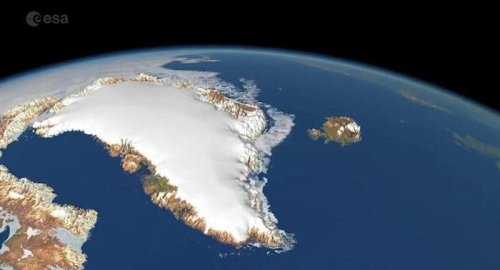
Heat wave 2021: Climate scientists warn about a new normal

- 16-08-2021, 17:33
INA – SOURCES
Sizzling temperatures in the United States and Canada and persistent heat in parts of Europe and northern Africa are creating dangerous health conditions, aggravating droughts and fueling wildfires around the world. And it's this troubling confluence of climate threats that researchers have been warning about for two decades.
"Climate scientists were predicting exactly these kinds of things, that there would be an enhanced threat of these types of extreme events brought on by increased warming," said Jonathan Martin, a professor of atmospheric science at the University of Wisconsin-Madison. "It's very distressing. These are not encouraging signs for our immediate future,"
While August is typically one of the hottest months in the Northern Hemisphere, this week’s heat waves add to a growing list of recent extremes. The National Oceanic and Atmospheric Administration announced Friday that July was the hottest month since record-keeping began 142 years ago. Catastrophic flooding killed more than 200 people in Europe last month, and wildfires are raging in Siberia, across the Mediterranean and along the western coasts of the U.S. and Canada.
But to many experts, these events offer just a glimpse of what lies ahead in future summers because of climate change.
This week, a United Nations panel released an alarming report on the state of climate change and the consequences of further global warming. The assessment highlighted the threat of extreme weather events, including how global warming will make heat waves both more frequent and more intense.
PM Al-Sudani arrives in Nineveh
- politics
- 10:17
China Says It 'Firmly Opposes' US Military Aid To Taiwan
- International
- 07:36
First joint picture of Greenland Ice Sheet melting, ESA
- Multimedia
- 09:28
US Central Command: We killed ISIS terrorist leader Abu Yusuf in Syria
- International
- 24/12/20
Liverpool compete with Real Madrid to sign Olympique Lyonnais star
- Security
- 24/12/19
ISC, ADX discuss Strengthening Economic Ties
- Economy
- 24/12/16
Iraq assumes presidency of Arab Investment Company’s Executive Board
- Economy
- 24/12/17












